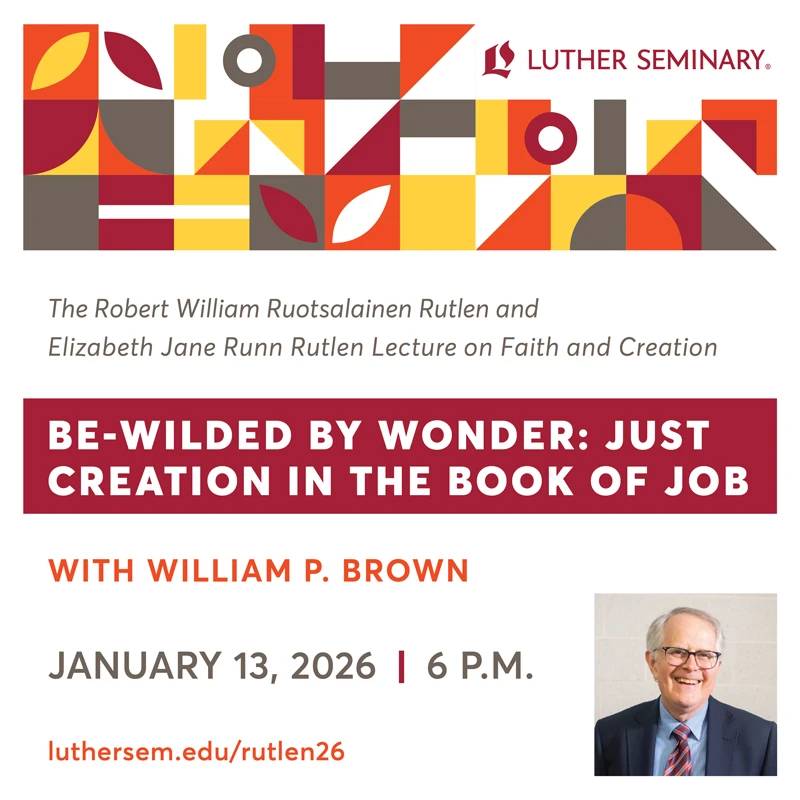SUMMARY
John the BaptistJohn the Baptizer was the forerunner of Jesus the Messiah, preaching a gospel of repentance and preparing the way of the Lord. More appears in the wilderness as one who prepares the way of the Lord. In his preaching he calls for repentance because the kingdom of heaven is at hand, and he warns that baptismJesus was baptized (literally, "dipped") in the Jordan River by John the Baptizer, at which time he was acclaimed from heaven as God's Son, the Beloved. Much later baptism became one of the sacraments of the Church, the action by which a person is incorporated... More brings with it the call to bear fruit worthy of repentance.
ANALYSIS
At this point in the narrative, MatthewA tax collector who became one of Jesus' 12 disciples. More rejoins Mark’s lead and follows him at certain points (see Mark 1:1-8). Matthew underscores the wilderness location for John’s preaching, John’s baptismal activity in the Jordan, John’s rough dress and diet, and the wide response to his ministry. At other key points, Matthew has modified the narrative to give it his own stamp and distinctive character.
First, his summary of John’s preaching as “repentRepentance is a central biblical teaching. All people are sinful and God desires that all people repent of their sins. The Hebrew word for repent means to "turn away" from sin. The Greek word for repentance means to "change on'e mind," more specifically, it means... More, for the kingdom of heaven has come near” (3:2) quite significantly alters the content of John’s preaching. Instead of Mark’s description of John’s preaching as a “baptism of repentance for the forgiveness of sins,” Matthew’s John calls for repentance “because the kingdom of heaven has come near,” thus directing John’s message more toward the theme of repentance rather than toward the theme of forgiveness.
Second, Matthew typically makes more clear the prophetic link as one of fulfillment and as referring directly to John by changing Mark’s ambiguous “as” to “this is the one of whom the prophet IsaiahIsaiah, son of Amoz, who prophesied in Jerusalem, is included among the prophets of the eighth century BCE (along with Amos, Hosea, and Micah)--preachers who boldly proclaimed God's word of judgment against the economic, social, and religious disorders of their time. More spoke.”
Third, he expands John’s preaching with warnings about judgment, the coming wrath, and the danger of presuming upon the ancestry of AbrahamGod promised that Abraham would become the father of a great nation, receive a land, and bring blessing to all nations. More. The motifs of the ax laid to the root of the tree and the winnowing of the grain, along with the double reference to branches or chaff thrown into the fire, all give an overall mood of judgment to John’s call for his hearers to bear fruit worthy of repentance. This motif is further extended even to the description of the one who is to come: he will baptize not just with the HolyHoly is a term that originally meant set apart for the worship or service of God. While the term may refer to people, objects, time, or places, holiness in Judaism and Christianity primarily denotes the realm of the divine More Spirit, but “with the Holy Spirit and fire” (3:11).
The result is that while clearly proclaiming a message of hope in pointing to the one who will come, Matthew’s John also gives a certain somberness and seriousness to this expectation in the call for a repentance shown forth in the bearing of fruit that is worthy of repentance. Like the wedding guest who is expelled for failure to have the proper garment (see 22:11-14), one cannot presume upon the mercyMercy is a term used to describe leniency or compassion. God's mercy is frequently referred to or invoked in both the Old and New Testaments. More of God. The motif of judgment and the call for obedient discipleship in the face of the message of the coming kingdom is one that will be repeated elsewhere in Matthew.

